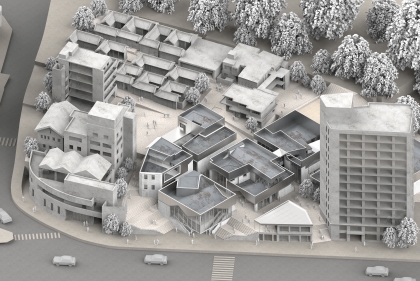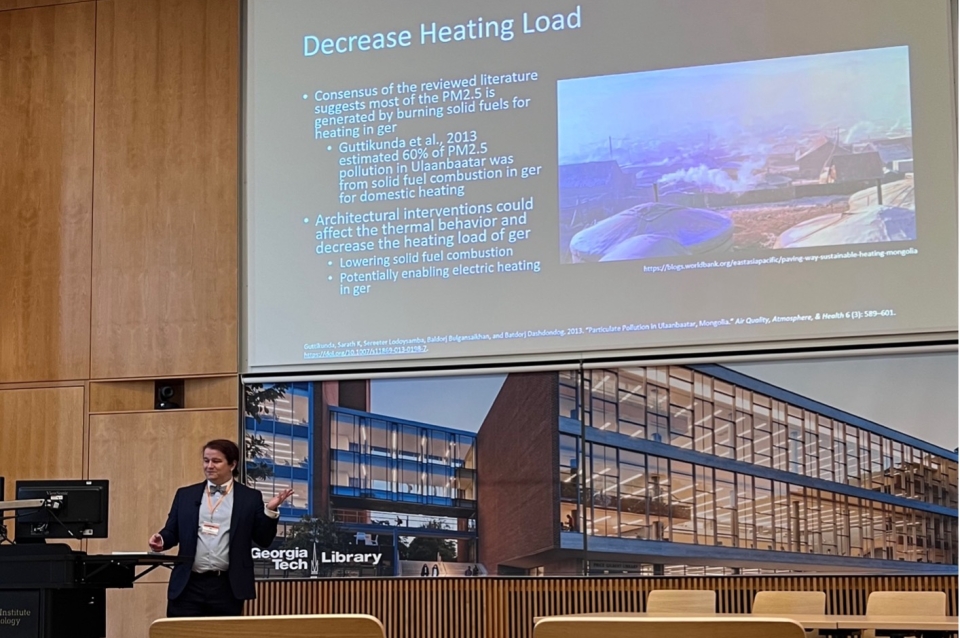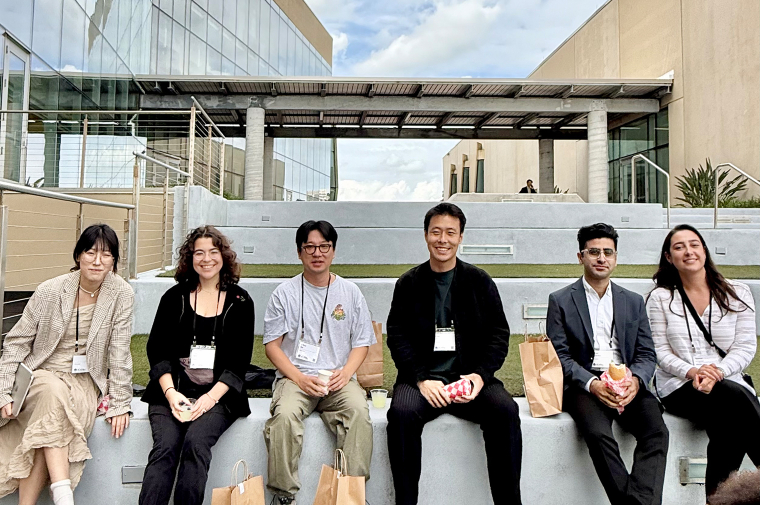April 12, 2024
Stuart Weitzman School of Design
102 Meyerson Hall
210 South 34th Street
Philadelphia, PA 19104
Get the latest Weitzman news in your Inbox
Areas
Max Hakkarainen, BSE is a PhD Candidate in the Center for Environmental Building and Design (CEBD) at the Stuart Weitzman School of Design at the University of Pennsylvania. His research focuses are building auditing, ventilation and indoor air quality, building thermal modeling, and building energy use. He has worked on UNICEF Mongolia’s Ger of the 21st Century Project, the BlockPenn project, building performance modelling for the Daikin Open Innovation Lab, a wildfire smoke monitoring project in collaboration with the University of Victoria, and other indoor air quality monitoring projects.
When asked to speak about his insights on the process of presenting his work as a recent PhD candidate, Max remarked:
Now that I have finished my candidacy exam, publishing articles and attending conferences have become higher priorities for me. From the research projects that I have worked on, I have some work that I could turn into conference papers and journal articles. I try to choose a piece of content to turn into a paper and then later while I am developing the paper decide what venue to try to submit it to. In this case, I had a paper on grey box modeling—a form of mathematical analysis—that I used to analyze heat flows in Mongolian ger (or “yurt” in Russian). Rather than a more technically specific conferences, I wanted to try presenting this to a broader group of architectural scholars, which lead me to the ConCave conference at Georgia Tech. This would give me practice at explaining my work to the broader architectural research community, which I will need to do increasingly often as I look toward applying for jobs post-graduation.
Diversity of Backgrounds
In my day to day in the Center for Environmental Building and Design (CEBD), I often speak with technical minded students and faculty who work on similar research projects aimed at minimizing energy use and carbon emissions in buildings. However, the colleagues I met at the conference came from a wide variety of backgrounds (history and theory, technology, historic preservation, urban planning, etc.) and had a wide variety of agendas that they were pursuing in their research. I had to work harder to explain the relevance of my research and how it pertained to the larger field of architectural research, which was quite useful for me. From this experience, I feel more prepared to present my research work in the future, and I am encouraged that I can meaningfully engage with broader discourse in architectural research.


 View Slideshow
View Slideshow



